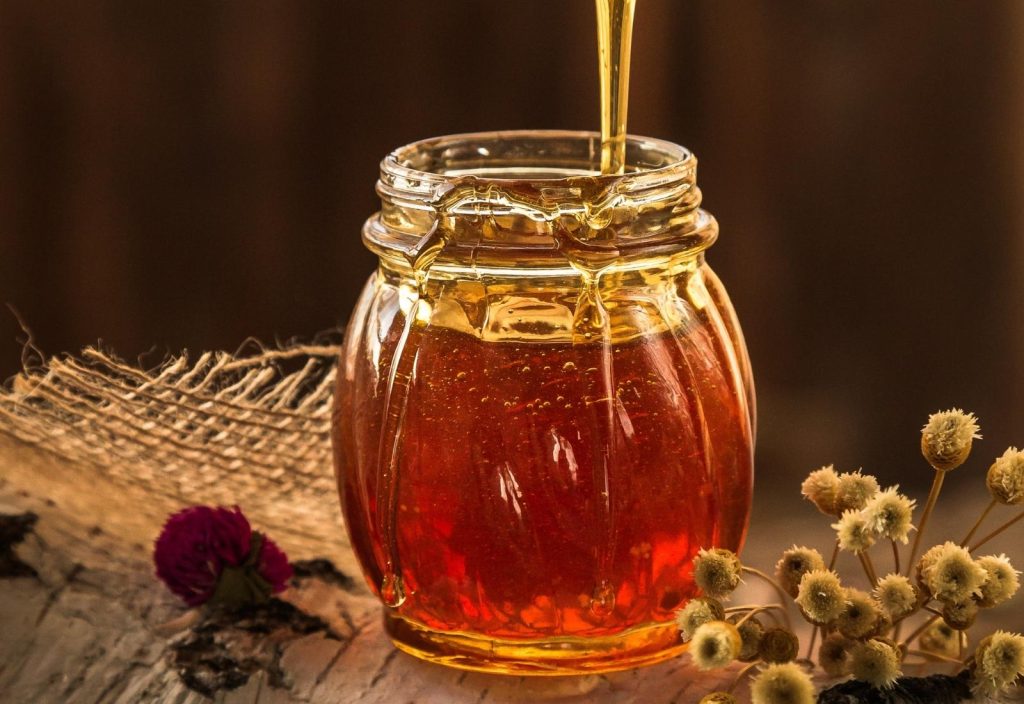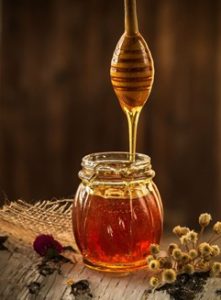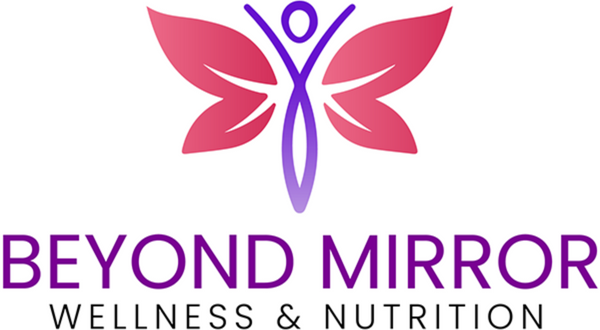
HONEY GOOD OR BAD?
Honey has been used since ancient times as both a sweetener and medicine.
It is a viscous liquid produced by honeybees and ranges in color from straw yellow to dark brown. The bees collect nectar from flowers and mix it with enzymes to form honey before storing it in honeycomb cells to keep it fresh.
Honey is associated with several benefits:
More nutrients and less processed than sugar
Honey varies in its nutritional composition based on the origin of the nectar used to make it. In general, it contains trace amounts of local pollen along with other substances, such as: amino acids,antioxidants, enzymes, minerals and vitamins
Also, honey is less processed than sugar as it is usually only pasteurized before use. Raw honey is also edible and contains more antioxidants and enzymes than pasteurized varieties.
Cough suppressant
Some research suggests that honey is a natural way to ease a cough in children. found that children with bronchitis who were given dark honey experienced greater symptom relief than those taking a placebo. However, the benefits were small.
Allergy relief
Anecdotal reports indicate that locally-produced honey may help reduce seasonal allergy symptoms. However, clinical studies have not demonstrated this consistently.
Also, one treatment for allergies is to desensitize the body to reactions by repeatedly introducing small amounts of allergens. In line with this, local honey may contain traces of the pollens that cause seasonal allergies.
Topical use
Honey has shown benefits when applied topically, as it has antimicrobial properties: suggests that honey offers considerable benefits in the natural and safe treatment of chronic wounds, ulcers, and burns. Weekly application of honey also reduced hair loss associated with the condition and prevented relapses among study participants.
Easier to digest
Honey may be easier than sugar in the digestive system.Due to its composition, regular sugar has to be ingested before being broken down. As bees add enzymes to honey, the sugars are already partially broken down, making it easier to digest.
Disadvantages and risks of honey:
Some of the most common disadvantages and risks associated with honey include:
High calorie count
One tablespoon of honey contains 64 calories, which is higher than that of sugar at 49 calories per tablespoon.
Impact on blood sugar and risk of illness
Honey has similar effects as sugar on blood glucose levels. This is especially problematic for people with diabetes and insulin resistance. Too much honey can lead to blood sugar issues in healthy people too, increasing the risk of diabetes and heart disease.

